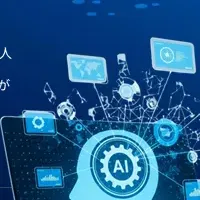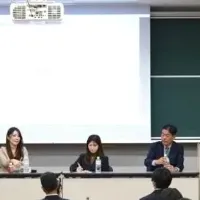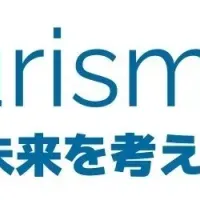
LEGO Education Unveils Interactive Science Learning Solution for K-8 Classrooms
LEGO Education's New Science Learning Solution
LEGO® Education has recently announced the launch of its new educational initiative, LEGO Education Science, aimed at revolutionizing the way science is taught in classrooms for students from kindergarten through 8th grade. This new solution is designed to provide educators with resources that foster hands-on learning experiences for their students, making science more accessible and engaging.
The Challenge of Science Education
Research indicates that a significant number of students struggle with science, often viewing it as a difficult subject. According to a survey conducted by LEGO Education, approximately 45% of students who consider science one of their least favorite subjects find it too challenging, with a notable 58% of these students being girls. This highlights a pressing issue in the educational system regarding the need for inclusivity and engagement in STEM (science, technology, engineering, and mathematics).
Enhancing Classroom Engagement
LEGO Education Science aims to address these challenges head-on. It offers educators over 120 engaging, standards-aligned science lessons along with ready-to-teach class presentations. By adopting a hands-on approach, the program helps to ignite students' curiosity and encourages them to explore scientific principles in a tangible way.
Victor Saeijs, President of LEGO Education, emphasizes the importance of fostering interest in science among students. He stated, "Science teaches us to ask curious questions to understand the world around us. If students think they're not good at the subject or avoid it, we risk losing an entire generation of innovators and problem-solvers."
Hands-on Learning for All
The core of LEGO Education Science lies in its commitment to hands-on learning, which is shown to significantly improve student confidence and engagement in science. Through collaborative projects that allow for active participation, students can work in teams of up to four, enhancing their communication and problem-solving skills. Each lesson begins with a thought-provoking question that encourages inquiry and relates scientific concepts to real-world scenarios.
As an example, Jill Snodgrass, a fourth-grade teacher from Florida, expressed her enthusiasm about implementing this program in her classroom. She reported, "The tactile nature of working with LEGO bricks connects abstract concepts to tangible outcomes, making learning exciting for my students. They were thrilled to see their creations come to life, especially when learning about how a rattlesnake can ward off predators using its tail."
Available Resources
The LEGO Education Science kit includes various lesson plans and materials focused on key scientific topics such as biomimicry and kinetic energy, all mapped to the Next Generation Science Standards (NGSS). This flexibility allows teachers to tailor lessons to meet the specific needs of their students while also enhancing classroom collaboration.
Future of Science Education
LEGO Education Science is set to begin shipping in August 2025. The program promises to transform K-8 science education by making lessons more engaging and accessible globally. With rigorous testing conducted in more than 100 classrooms and feedback from over 3,000 students, the program showcases LEGO Education's dedication to enriching science learning experiences.
In conclusion, as educators strive to instill a lifelong love for science in students, LEGO Education appears poised to lead the way in innovative educational solutions that empower both teachers and students. For more information about the LEGO Education Science learning resources and updates, interested individuals can visit www.LEGOEducation.com/science.
Topics Other)










【About Using Articles】
You can freely use the title and article content by linking to the page where the article is posted.
※ Images cannot be used.
【About Links】
Links are free to use.